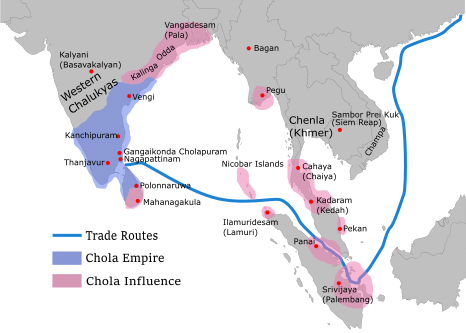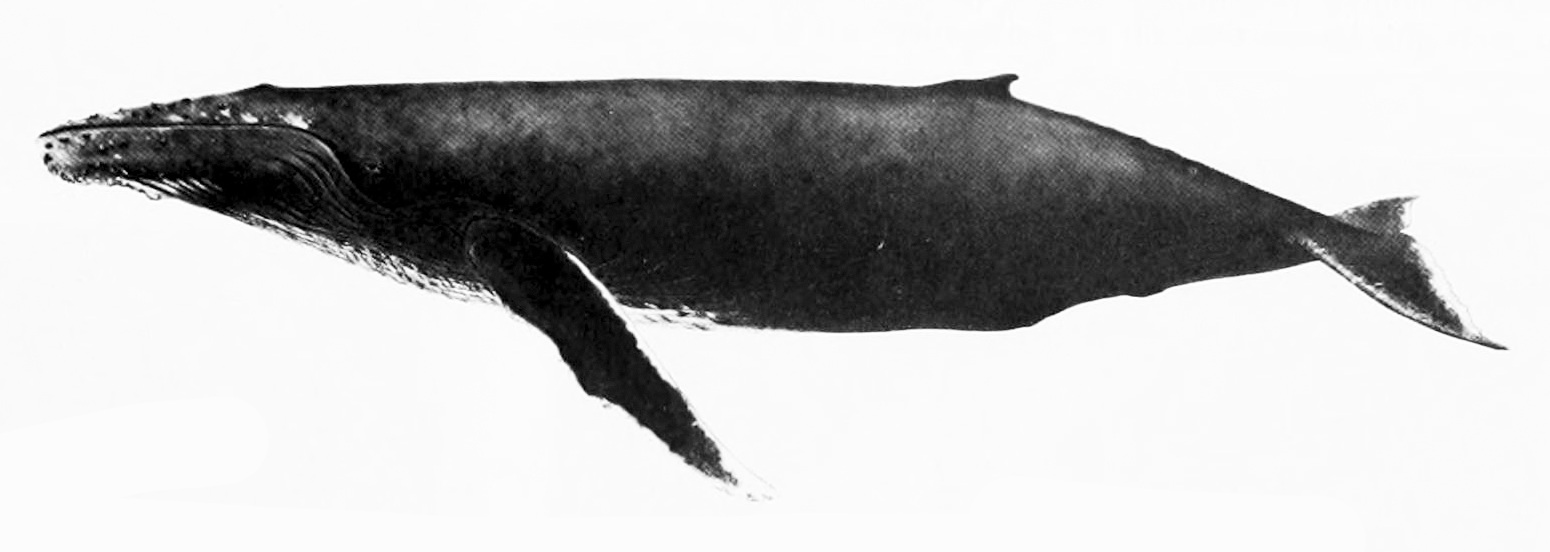|
Black-eared Flying Fox
The black-eared flying fox, species ''Pteropus melanotus'', is a bat of the family Pteropodidae (megabats). Also known as Blyth's flying fox, it is found on the Andaman Islands and Nicobar Islands (India), and in Sumatra (Indonesia). A population on Christmas Island, which is critically endangered, has been placed as a subspecies of this population, although it may be a distinct species. '' Pteropus natalis.''John CZ Woinarski, Samantha Flakus, David J. James, Brendan Tiernan, Gemma J. Dale and Tanya Detto (2014"An island-wide monitoring program demonstrates decline in reporting rate for the Christmas Island flying-fox, ''Pteropus melanotus natalis''."''Acta Chiropterologica'', 16.1 (2014): 117-127. Distribution and habitat The black-eared flying fox is native to various island groups in the Indo-Pacific. These include the Andaman Islands, the Nicobar Islands, the Mentawai Islands. It mostly roosts in large colonies in forests near the coast, especially in mangrove areas. Biolo ... [...More Info...] [...Related Items...] OR: [Wikipedia] [Google] [Baidu] |
Edward Blyth
Edward Blyth (23 December 1810 – 27 December 1873) was an English zoologist who worked for most of his life in India as a curator of zoology at the Asiatic Society, Royal Asiatic Society of Bengal in Calcutta. He set about updating the museum's catalogues, publishing a ''Catalogue of the Birds of the Asiatic Society'' in 1849. He was prevented from doing much fieldwork himself, but received and described bird specimens from Allan Octavian Hume, A.O. Hume, Samuel Tickell, Robert Swinhoe among others. His ''Natural History of the Cranes'' was published posthumously in 1881. Early life and work On 23 December 1810, Blyth was born in London. His father, a cloth merchant, clothier, died in 1820 and his mother sent him to Dr. Fennell's school in Wimbledon, London, Wimbledon. He took an interest in reading, but was often to be found spending time in the woods nearby. Leaving school in 1825, he went to study chemistry, at the suggestion of Dr. Fennell, in London under Dr. Keating at S ... [...More Info...] [...Related Items...] OR: [Wikipedia] [Google] [Baidu] |
Vulnerable Species
A vulnerable species is a species which has been Conservation status, categorized by the International Union for Conservation of Nature as being threatened species, threatened with extinction unless the circumstances that are threatened species, threatening its survival and reproduction improve. Vulnerability is mainly caused by habitat loss or destruction of the species' home. Vulnerable habitat or species are monitored and can become increasingly threatened. Some species listed as "vulnerable" may be common in captivity (animal), captivity, an example being the military macaw. In 2012 there were 5,196 animals and 6,789 plants classified as vulnerable, compared with 2,815 and 3,222, respectively, in 1998. Practices such as cryoconservation of animal genetic resources have been enforced in efforts to conserve vulnerable breeds of livestock specifically. Criteria The International Union for Conservation of Nature uses several criteria to enter species in this category. A taxon ... [...More Info...] [...Related Items...] OR: [Wikipedia] [Google] [Baidu] |
Mammals Described In 1863
A mammal () is a vertebrate animal of the class Mammalia (). Mammals are characterised by the presence of milk-producing mammary glands for feeding their young, a broad neocortex region of the brain, fur or hair, and three middle ear bones. These characteristics distinguish them from reptiles and birds, from which their ancestors diverged in the Carboniferous Period over 300 million years ago. Around 6,640 extant species of mammals have been described and divided into 27 orders. The study of mammals is called mammalogy. The largest orders of mammals, by number of species, are the rodents, bats, and eulipotyphlans (including hedgehogs, moles and shrews). The next three are the primates (including humans, monkeys and lemurs), the even-toed ungulates (including pigs, camels, and whales), and the Carnivora (including cats, dogs, and seals). Mammals are the only living members of Synapsida; this clade, together with Sauropsida (reptiles and birds), constitutes the lar ... [...More Info...] [...Related Items...] OR: [Wikipedia] [Google] [Baidu] |
Vulnerable Fauna Of Asia
Vulnerable may refer to: General *Vulnerability *Vulnerability (computing) * Vulnerable adult *Vulnerable species Music Albums * ''Vulnerable'' (Marvin Gaye album), 1997 * ''Vulnerable'' (Tricky album), 2003 * ''Vulnerable'' (The Used album), 2012 Songs * "Vulnerable" (Roxette song), 1994 * "Vulnerable" (Selena Gomez song), 2020 * "Vulnerable", a song by Secondhand Serenade from '' Awake'', 2007 * "Vulnerable", a song by Pet Shop Boys from '' Yes'', 2009 * "Vulnerable", a song by Tinashe from '' Black Water'', 2013 * "Vulnerability", a song by Operation Ivy from ''Energy'', 1989 Other uses * Climate change vulnerability Climate change vulnerability is a concept that describes how strongly people or ecosystems are likely to be affected by climate change. Its formal definition is the " propensity or predisposition to be adversely affected" by climate change. It can ..., vulnerability to anthropogenic climate change used in discussion of society's response to climate change * ... [...More Info...] [...Related Items...] OR: [Wikipedia] [Google] [Baidu] |
Fauna Of The Andaman And Nicobar Islands
The Andaman and Nicobar Islands is a union territory of India comprising 572 islands, of which only 38 are inhabited. The islands are grouped into two main clusters: the northern Andaman Islands and the southern Nicobar Islands, separated by a wide channel. The capital and largest city of the territory, Port Blair (officially Sri Vijaya Puram), is located approximately from Chennai and from Kolkata in mainland India. The islands are situated between the Bay of Bengal to the west and the Andaman Sea to the east. The northernmost point is from the mouth of the Hooghly River. Indira Point, located at 6°45'10″N and 93°49'36″E on the southern tip of Great Nicobar, is the southernmost point of India. The territory shares maritime borders with Indonesia located about to the south, Myanmar located to the north-east and Thailand located to the south-east. The islands occupy a total land area of approximately with a population of 380,581 as per the 2011 census. The terri ... [...More Info...] [...Related Items...] OR: [Wikipedia] [Google] [Baidu] |
Bats Of Indonesia
Bats are flying mammals of the Order (biology), order Chiroptera (). With their forelimbs adapted as Bat wing development, wings, they are the only mammals capable of true and sustained Bat flight, flight. Bats are more agile in flight than most birds, flying with their very long spread-out digits covered with a thin membrane or patagium. The smallest bat, and arguably the Smallest organisms, smallest extant mammal, is Kitti's hog-nosed bat, which is in length, across the wings and in mass. The largest bats are the flying foxes, with the giant golden-crowned flying fox (''Acerodon jubatus'') reaching a weight of and having a wingspan of . The second largest order of mammals after rodents, bats comprise about 20% of all classified mammal species worldwide, with over 1,400 species. These were traditionally divided into two suborders: the largely fruit-eating megabats, and the Animal echolocation, echolocating microbats. But more recent evidence has supported dividing the or ... [...More Info...] [...Related Items...] OR: [Wikipedia] [Google] [Baidu] |
Bats Of India
Bats are flying mammals of the order Chiroptera (). With their forelimbs adapted as wings, they are the only mammals capable of true and sustained flight. Bats are more agile in flight than most birds, flying with their very long spread-out digits covered with a thin membrane or patagium. The smallest bat, and arguably the smallest extant mammal, is Kitti's hog-nosed bat, which is in length, across the wings and in mass. The largest bats are the flying foxes, with the giant golden-crowned flying fox (''Acerodon jubatus'') reaching a weight of and having a wingspan of . The second largest order of mammals after rodents, bats comprise about 20% of all classified mammal species worldwide, with over 1,400 species. These were traditionally divided into two suborders: the largely fruit-eating megabats, and the echolocating microbats. But more recent evidence has supported dividing the order into Yinpterochiroptera and Yangochiroptera, with megabats as members of the former al ... [...More Info...] [...Related Items...] OR: [Wikipedia] [Google] [Baidu] |
Bats Of Southeast Asia
Bats are flying mammals of the Order (biology), order Chiroptera (). With their forelimbs adapted as Bat wing development, wings, they are the only mammals capable of true and sustained Bat flight, flight. Bats are more agile in flight than most birds, flying with their very long spread-out digits covered with a thin membrane or patagium. The smallest bat, and arguably the Smallest organisms, smallest extant mammal, is Kitti's hog-nosed bat, which is in length, across the wings and in mass. The largest bats are the flying foxes, with the giant golden-crowned flying fox (''Acerodon jubatus'') reaching a weight of and having a wingspan of . The second largest order of mammals after rodents, bats comprise about 20% of all classified mammal species worldwide, with over 1,400 species. These were traditionally divided into two suborders: the largely fruit-eating megabats, and the Animal echolocation, echolocating microbats. But more recent evidence has supported dividing the or ... [...More Info...] [...Related Items...] OR: [Wikipedia] [Google] [Baidu] |
Bats Of South Asia
Bats are flying mammals of the order Chiroptera (). With their forelimbs adapted as wings, they are the only mammals capable of true and sustained flight. Bats are more agile in flight than most birds, flying with their very long spread-out digits covered with a thin membrane or patagium. The smallest bat, and arguably the smallest extant mammal, is Kitti's hog-nosed bat, which is in length, across the wings and in mass. The largest bats are the flying foxes, with the giant golden-crowned flying fox (''Acerodon jubatus'') reaching a weight of and having a wingspan of . The second largest order of mammals after rodents, bats comprise about 20% of all classified mammal species worldwide, with over 1,400 species. These were traditionally divided into two suborders: the largely fruit-eating megabats, and the echolocating microbats. But more recent evidence has supported dividing the order into Yinpterochiroptera and Yangochiroptera, with megabats as members of the former al ... [...More Info...] [...Related Items...] OR: [Wikipedia] [Google] [Baidu] |
Pteropus
''Pteropus'' (suborder Yinpterochiroptera) is a genus of megabats which are among the largest bats in the world. They are commonly known as fruit bats or flying foxes, among other colloquial names. They live in South Asia, Southeast Asia, Australia, East Africa, and some oceanic islands in the Indian and Pacific Oceans. There are at least 60 extant species in the genus. Flying foxes eat fruit and other plant matter, and occasionally consume insects as well. They locate resources with their keen sense of smell. Most, but not all, are nocturnal. They navigate with keen eyesight, as they cannot echolocate. They have long life spans and low reproductive outputs, with females of most species producing only one offspring per year. Their slow life history makes their populations vulnerable to threats such as overhunting, culling, and natural disasters. Six flying fox species have been made extinct in modern times by overhunting. Flying foxes are often persecuted for their real or ... [...More Info...] [...Related Items...] OR: [Wikipedia] [Google] [Baidu] |
IUCN
The International Union for Conservation of Nature (IUCN) is an international organization working in the field of nature conservation and sustainable use of natural resources. Founded in 1948, IUCN has become the global authority on the status of the natural world and the measures needed to safeguard it. It is involved in data gathering and Data analysis, analysis, research, field projects, advocacy, and education. IUCN's mission is to "influence, encourage and assist societies throughout the world to conserve nature and to ensure that any use of natural resources is equitable and ecologically sustainable". Over the past decades, IUCN has widened its focus beyond conservation ecology and now incorporates issues related to sustainable development in its projects. IUCN does not itself aim to mobilize the public in support of nature conservation. It tries to influence the actions of governments, business and other stakeholders by providing information and advice and through buildin ... [...More Info...] [...Related Items...] OR: [Wikipedia] [Google] [Baidu] |








